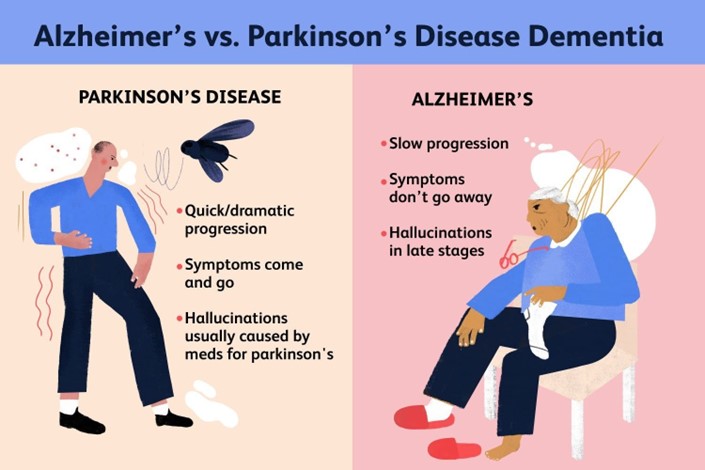Maintaining skin integrity would include:
Nutrition supplements
Consulting speech therapy
Assessing the skin and frequent repositioning
Ambulating the patient as much as possible
The Correct Answer is C
Choice A: Nutrition supplements is not a direct intervention for maintaining skin integrity, but rather a general measure to support the patient's overall health and healing.
Choice B: Consulting speech therapy is not relevant for maintaining skin integrity, but rather for addressing the patient's communication and swallowing needs.
Choice C: Assessing the skin and frequent repositioning is a correct intervention for maintaining skin integrity, as it can prevent pressure ulcers or bedsores by reducing friction, shear, and moisture on the skin.
Choice D: Ambulating the patient as much as possible is not a specific intervention for maintaining skin integrity, but rather a general measure to promote the patient's mobility and circulation.
Nursing Test Bank
Naxlex Comprehensive Predictor Exams
Related Questions
Correct Answer is D
Explanation
Choice A: Fall risk assessment is important for patients with Parkinson's, as they may have impaired balance, gait, and coordination, as well as muscle stiffness and tremor, that can increase their risk of falling and injuring themselves¹.
Choice B: Swallowing assessment is important for patients with Parkinson's, as they may have difficulty chewing and swallowing due to reduced muscle control in the mouth and throat, which can lead to malnutrition, dehydration, and aspiration pneumonia¹.
Choice C: Skin assessment is important for patients with Parkinson's, as they may have reduced sweating and sebum production due to autonomic dysfunction, which can cause dry and cracked skin that is prone to infection¹.
Choice D: All of the above is correct, as all of these assessments are relevant for patients with Parkinson's.

Correct Answer is C
Explanation
Choice A: Moving patient in a fast abrupt manner is incorrect because it can cause further damage to the spinal cord or other organs. It can also increase the risk of complications such as pressure ulcers, contractures, or fractures. The patient should be moved gently and carefully with proper alignment and support.
Choice B: Using neck brace or collar at patient's discretion is incorrect because it can cause skin irritation, infection, or pressure injuries. The neck brace or collar should be used only as prescribed by the physician and adjusted regularly to ensure a good fit and comfort.
Choice C: Repositioning patient if spine is stable and as indicated by physician is correct because it can prevent complications such as pressure ulcers, contractures, or respiratory infections. The patient should be repositioned every two hours or more frequently if needed, using pillows, wedges, or other devices to maintain proper alignment and relieve pressure.
Choice D: All of the above are incorrect because they do not follow the best practices for nursing intervention for patients with spinal cord injury. They can cause harm or discomfort to the patient and worsen their condition. The nurse should follow the physician's orders and the standards of care for spinal cord injury patients.
Whether you are a student looking to ace your exams or a practicing nurse seeking to enhance your expertise , our nursing education contents will empower you with the confidence and competence to make a difference in the lives of patients and become a respected leader in the healthcare field.
Visit Naxlex, invest in your future and unlock endless possibilities with our unparalleled nursing education contents today
Report Wrong Answer on the Current Question
Do you disagree with the answer? If yes, what is your expected answer? Explain.
Kindly be descriptive with the issue you are facing.
